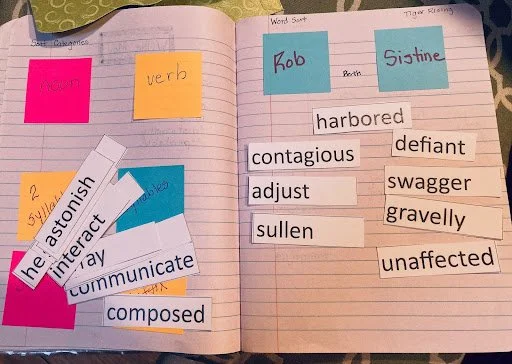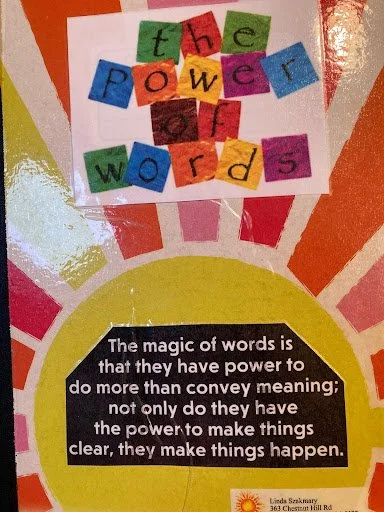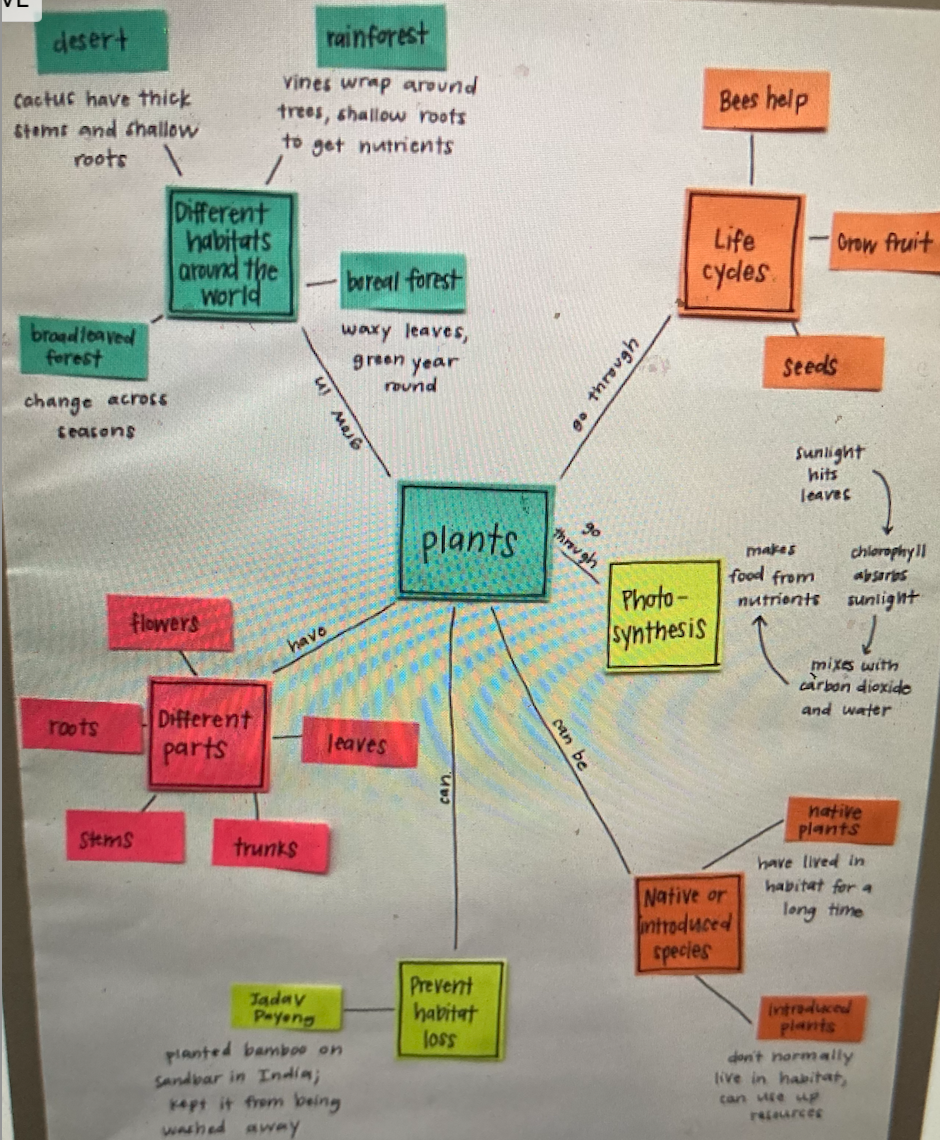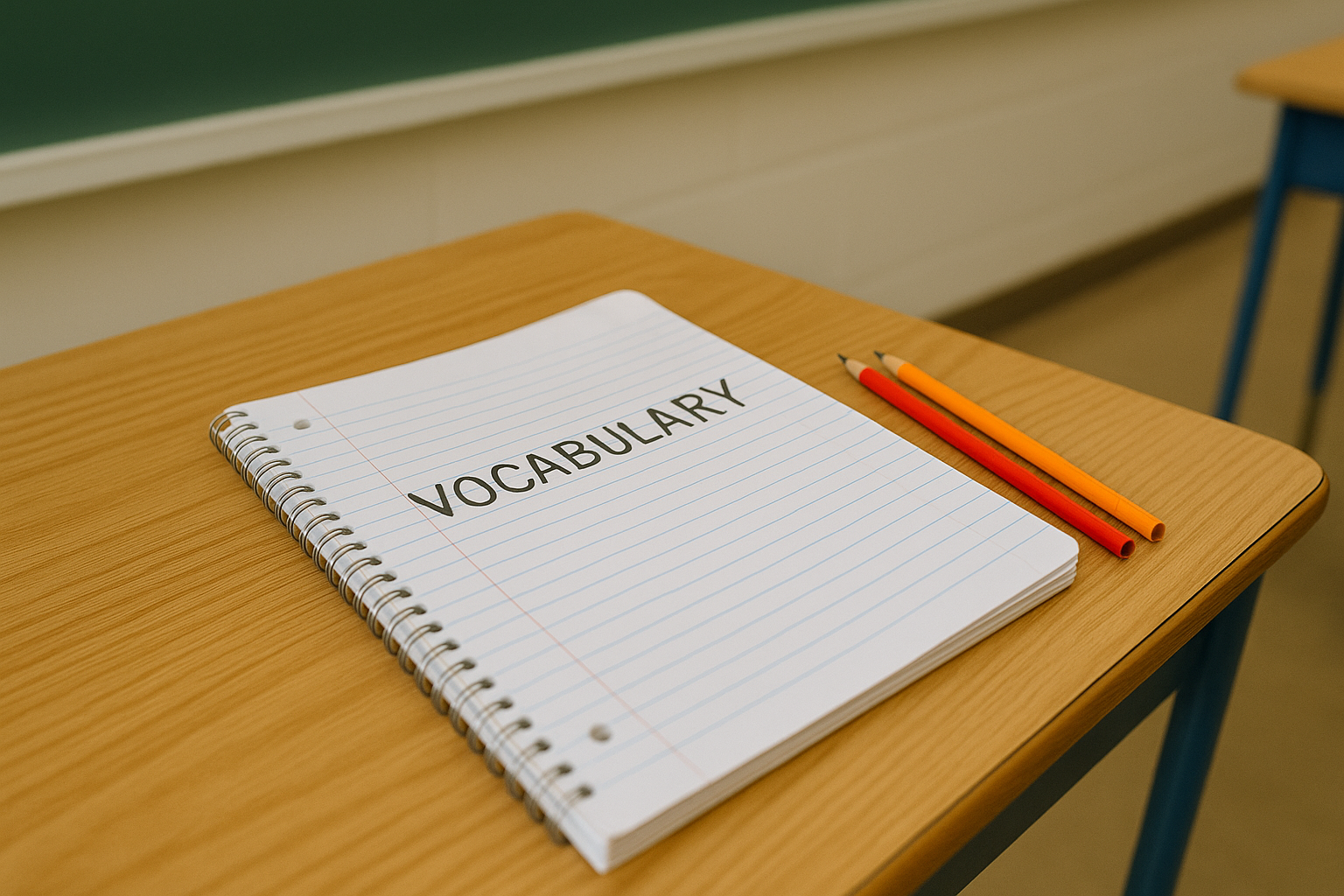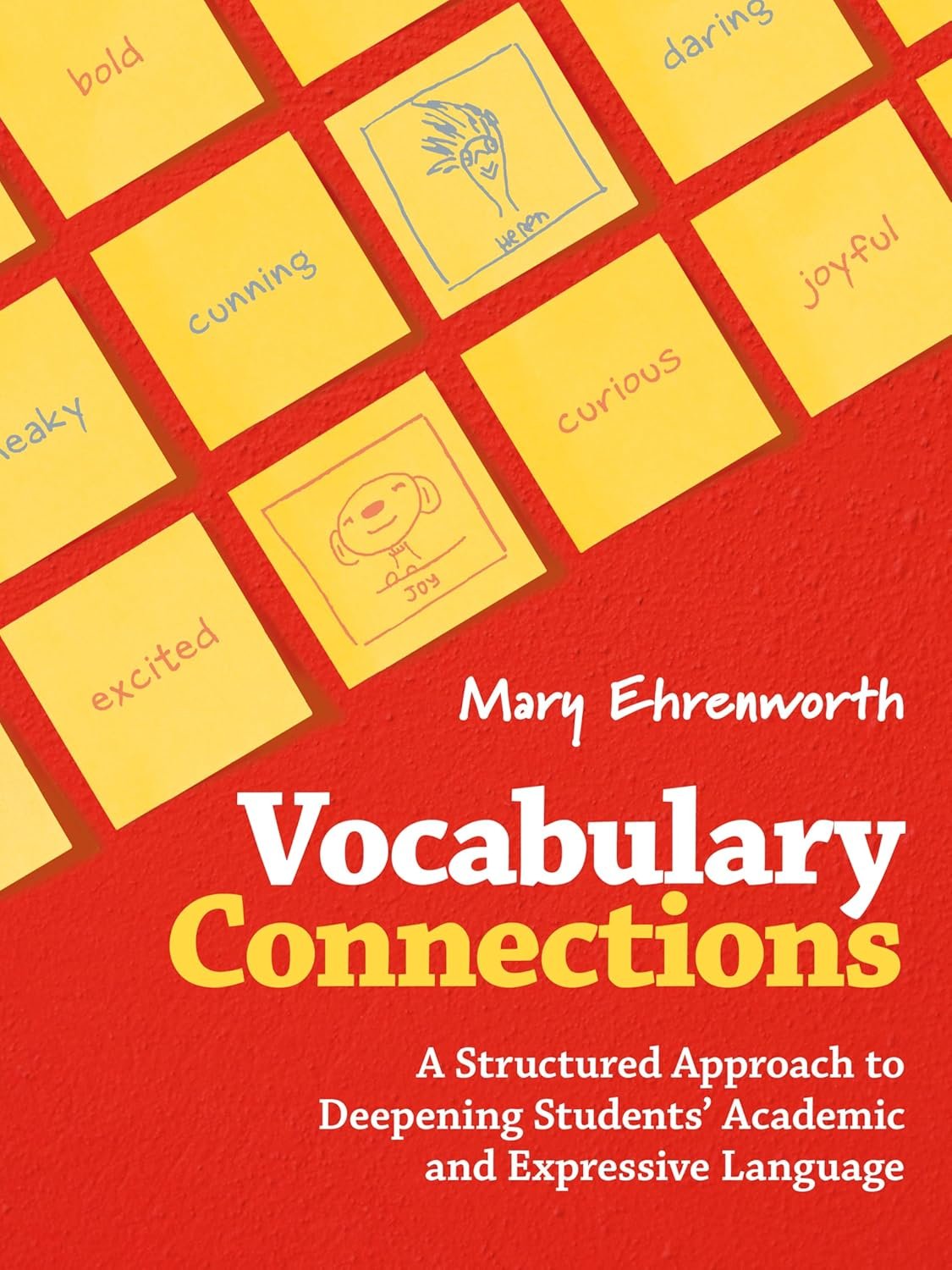Vocabulary Notebooks: A Workbench for Word Learning
In addition to Word Banks and Vocabulary Walls, students in Grades 3 and up can maintain a Vocabulary Notebook — a personal space to explore, collect, and play with words.
These are not the notebooks you might remember from high school biology class. Vocabulary Notebooks are not a place to simply copy a list of words, look them up, and write sentences. Instead, they’re a workbench for investigation and practice — a creative lab where students experiment with language and meaning.
Encourage students to personalize their notebooks. Let them decorate the covers, add inspiring quotes or poems about words, and include tabs or visuals that reflect their personalities. Most importantly, create your own notebook to model curiosity and creativity for your students.
What Can You Do with a Vocabulary Notebook?
Depending on your grade level and focus, Vocabulary Notebooks can take many forms. Here are a few engaging ways to use them:
Explore gradients of meaning – Rank words by intensity (e.g., happy → delighted → ecstatic).
Sort words by character or theme – Connect vocabulary to literature or content units.
Create continuums – Place words on a positive-to-negative scale.
Build word webs or networks – Show how one word connects to many others.
Dive into morphology – Break apart prefixes, roots, and suffixes to uncover meaning.
Curate collections – Group words by topic, tone, or part of speech.
Design Frayer Models and Word Matrices – Deepen understanding of each term.
Invent graphics and word art – Turn abstract ideas into visual thinking.
Play word games – Add fun challenges, riddles, or vocabulary bingo.
Vocabulary Notebooks Across All Subjects
Vocabulary Notebooks aren’t just for ELA! They can be used in science, social studies, or even math to explore the academic language of each discipline. For example:
In science, students can explore morphology of terms like photosynthesis or geothermal.
In math, they can collect words like evaluate, simplify, and sum and discuss how they’re used in problem-solving contexts.
In social studies, they can compare vocabulary from different cultures or historical periods.
When students see how language operates across subjects, their confidence and comprehension soar.
A Community of Word Lovers
There are endless opportunities to think, create, and play with words through Vocabulary Notebooks. We can’t wait to see what your students come up with!
Share their ideas with our Joycabulary community by emailing us at JOYcabulary@gmail.com. With your permission, we’d love to feature their work on our site.
Have fun exploring — and keep spreading the joy of words!
Resources
Mossflower Vocabulary Study Group - facilitated by Katy Wishow of Mossflower Reading and Writing Project
Reading Units of Study - mossflower.com
Danielle Flaumenhaft 5-6 class at Woodhull School, Ocean Beach, NY
Dr. Cindy Gerwin, Literacy-4-Life
My Fantastic Words Book: Young Student Thesaurus - Ken Pransky Collaborative for Educational Services, 2012
textproject.org

